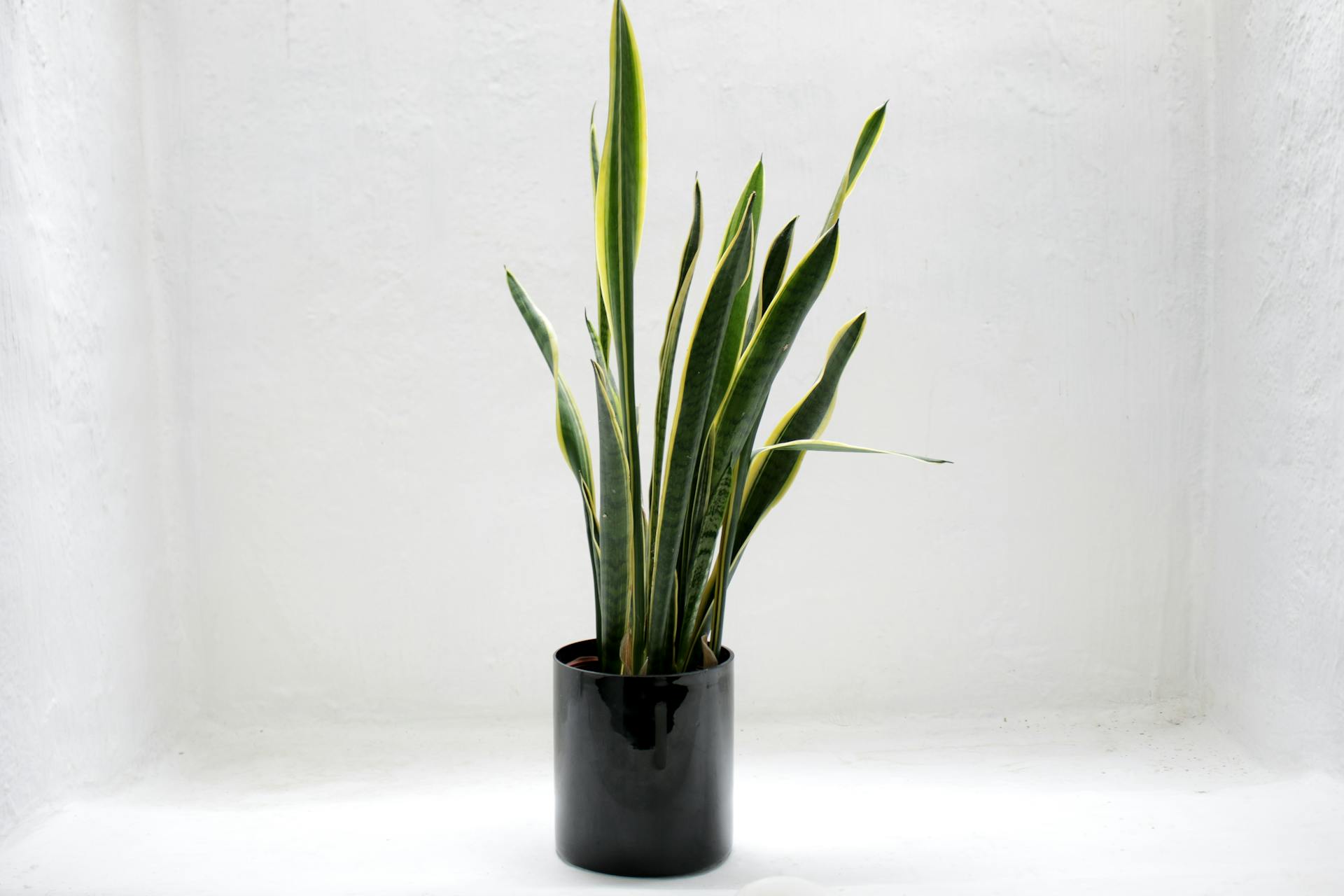Amazing Secrets: Propagate Snake Plants Easily

Introduction
There’s something magical about watching a new plant grow from a single leaf, and snake plants make it surprisingly easy. If you’ve ever wondered how to propagate a snake plant without fancy tools or gardening skills, you’re in for a treat.
I’ve been growing snake plants for years, and trust me—once you start propagating, it’s hard to stop! In this guide, I’ll walk you through simple, foolproof methods to multiply your plants, whether by division, leaf cuttings, or water propagation. Get ready to turn one snake plant into many with just a little patience and the right technique!
Understanding Snake Plant Varieties
Snake plants, also known as Sansevieria, are popular houseplants. They are easy to care for and come in many types. One common variety is the ‘Laurentii’, which has tall green leaves with yellow edges.
Another type is the ‘Cylindrica’, featuring round, upright leaves. For small spaces, the ‘Hahnii’ is ideal; it stays compact and forms a rosette of leaves. Each variety thrives with minimal water and can handle different light conditions. Choosing the right type can add beauty to your home.
Methods of Propagation
Propagating snake plants is a rewarding experience. There are three main methods: division, leaf cuttings in soil, and leaf cuttings in water. Each has its own steps and benefits.
Division Method
This is the quickest way to propagate. Start by removing the plant from its pot. Gently separate the root clumps, ensuring each section has roots and leaves. Replant these sections into new pots with well-draining soil. This method maintains the characteristics of variegated varieties.
Leaf Cuttings in Soil
Begin by selecting a healthy leaf and cutting it near the base. Cut the leaf into 3-4 inch sections, keeping track of the bottom end. Allow the cuttings to callous over for a day or two. Plant the bottom end of each cutting about an inch deep in moist, well-draining soil. Over time, new roots and shoots will develop.
Leaf Cuttings in Water
Cut a healthy leaf near the base. Place the cut end in a container with about an inch of water. Position the container in bright, indirect light. Change the water weekly to prevent stagnation. Once roots develop, transplant the cutting into soil.
Each method offers a unique way to multiply your snake plants. Choose the one that suits you best and enjoy the process of growing new plants.
Caring for Newly Propagated Snake Plants
Caring for your newly propagated snake plants is simple. Place them in bright, indirect light; direct sunlight can harm the leaves. Water sparingly, allowing the soil to dry between waterings to prevent root rot. Use well-draining soil, like a cactus mix, and ensure your pot has drainage holes.
Snake plants prefer temperatures between 70°F and 90°F. Avoid cold drafts. Fertilize lightly during the growing season with a balanced, diluted fertilizer. With these steps, your snake plants will thrive.
Common Issues and Solutions
Even with the best care, snake plants can face a few hiccups during propagation. Let’s chat about some common issues and how to tackle them.
Slow Growth
Patience is key with snake plants; they’re naturally slow growers. If your new plant isn’t sprouting as quickly as you’d like, ensure it’s getting enough light. Bright, indirect light is ideal. Also, avoid overwatering, as too much moisture can hinder growth. Remember, these plants thrive on a bit of neglect.
Leaf Yellowing or Rotting
Noticing yellow or mushy leaves? This is often a sign of overwatering. Let the soil dry out between waterings, and always use well-draining soil. It’s also a good idea to check that your pot has drainage holes to prevent water from pooling at the bottom.
Pest Troubles
While snake plants are hardy, they can occasionally attract pests like mealybugs or spider mites. If you see tiny critters or webbing, gently wipe the leaves with a damp cloth and consider using a mild insecticidal soap. Keeping your plant clean can prevent these unwelcome guests.
Root Rot
Root rot is a common issue, especially if the plant is overwatered or the soil doesn’t drain well. To prevent this, use a well-draining soil mix and ensure your pot has drainage holes. If you suspect root rot, gently remove the plant from the soil, trim away any mushy or discolored roots, and repot in fresh soil.
By keeping an eye out for these issues and addressing them promptly, your propagated snake plants will have a strong start and continue to thrive
Safety Considerations
While snake plants are a fantastic addition to any home, it’s important to be aware of their potential risks to pets and children. All parts of the snake plant contain saponins, natural compounds that can cause mild to moderate toxicity if ingested. Symptoms may include nausea, vomiting, and diarrhea.
To keep everyone safe, place your snake plants out of reach of curious pets and young children. If ingestion occurs, it’s best to consult a veterinarian or healthcare professional promptly. By taking these precautions, you can enjoy the beauty of your snake plants while ensuring a safe environment for your loved ones.
Conclusion
Propagating snake plants is a rewarding and straightforward process. By following the methods outlined above, you can expand your collection or share these resilient plants with friends. Remember, patience is key, as new growth may take time. Enjoy the journey of nurturing your new plants, and soon, your home will be even greener.
